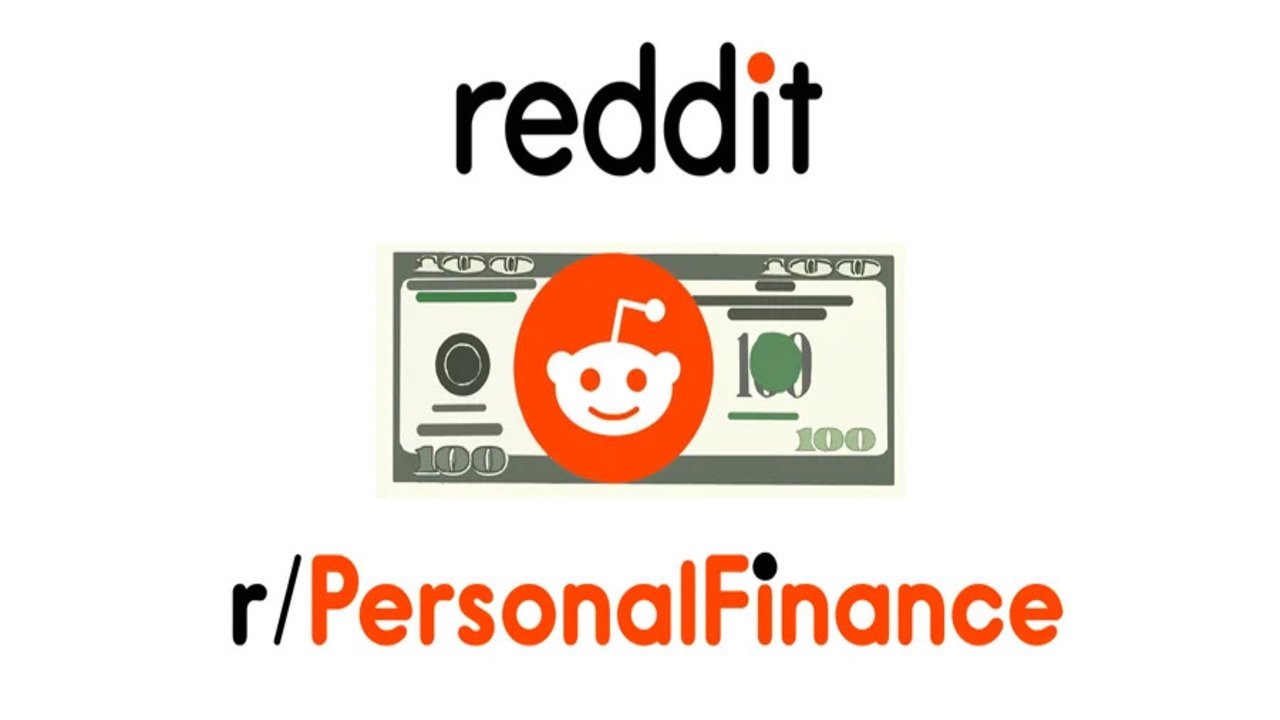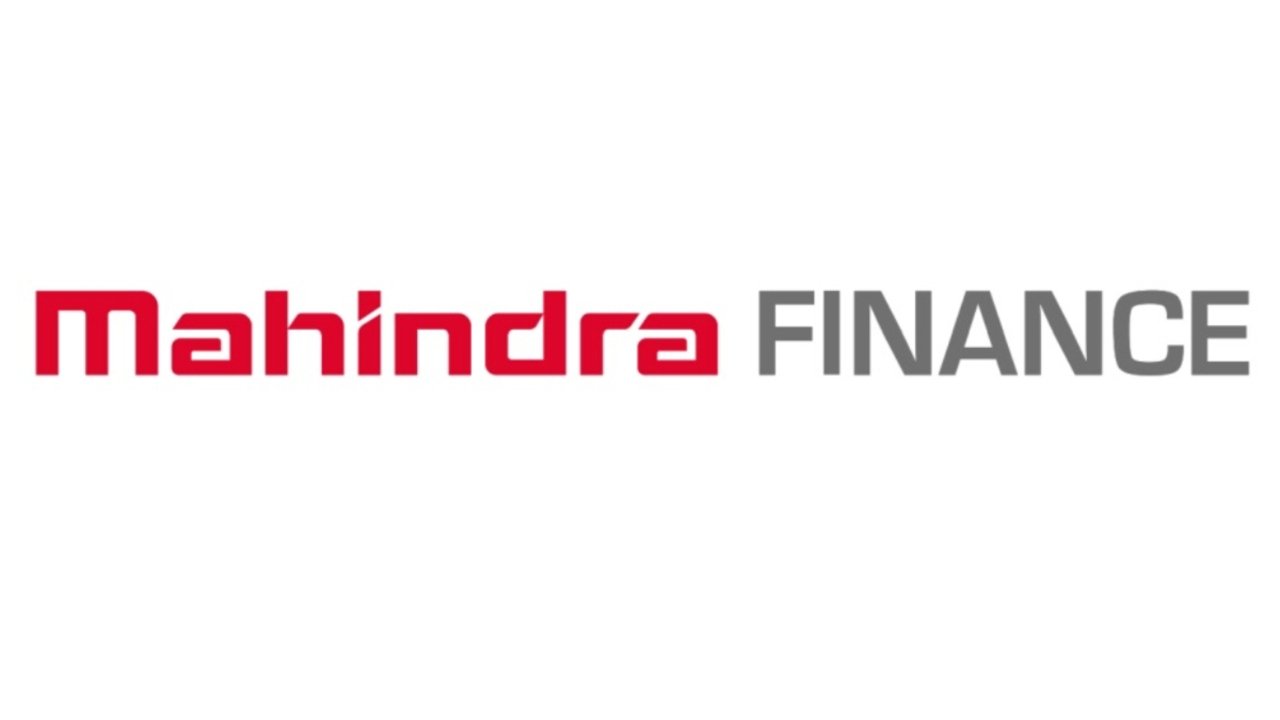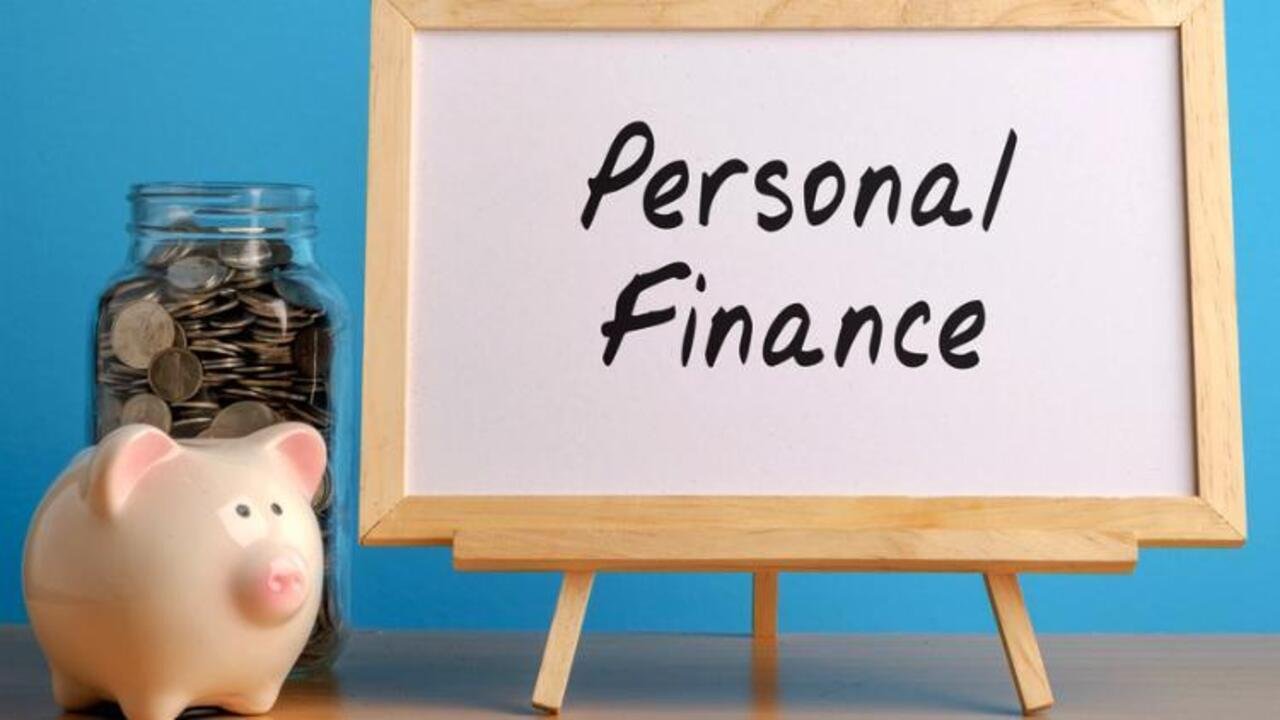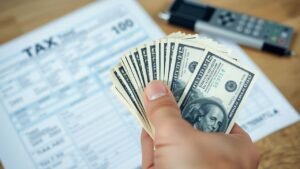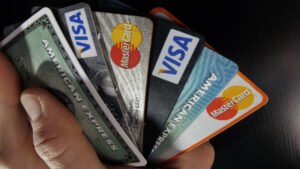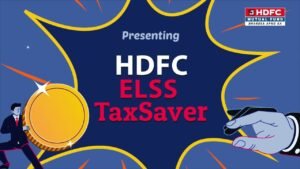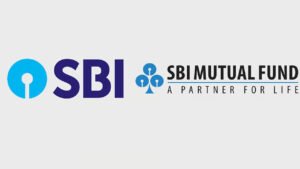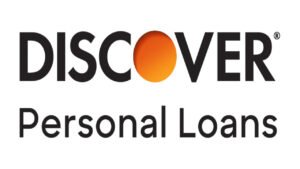Reddit Personal Finance Flowchart Guide 2025.
Reddit Personal Finance Flowchart popularized by the r/personalfinance community, is a widely respected tool for managing personal finances. Originating from collaborative efforts on Reddit, this flowchart provides a clear, step-by-step guide to prioritizing financial decisions, addressing common questions like, “What should I do with my money?” In 2025, with economic conditions shaped by fluctuating interest rates, evolving investment opportunities, and rising costs, the flowchart remains a cornerstone for achieving financial stability and growth. This article explores the 2025 version of the Reddit Personal Finance Flowchart, breaking down its steps, offering practical insights, and providing a detailed table summarizing the process. Whether you’re paying off debt, building savings, or planning for retirement, this guide will help you navigate your financial journey.
Thank you for reading this post, don't forget to subscribe!The Purpose of the Reddit Personal Finance Flowchart
The r/personalfinance subreddit, with millions of members, created the flowchart to streamline financial decision-making. It addresses the repetitive question, “I have $X, what should I do with it?” by offering a logical, prioritized sequence of actions. The flowchart is designed to be universal yet adaptable, covering budgeting, debt repayment, savings, and investing. Its strength lies in its simplicity and community-driven refinements, incorporating feedback from users and financial experts. In 2025, the flowchart remains relevant, with updates reflecting current economic realities like interest rates and tax-advantaged accounts.
Why the Flowchart Works
Reddit Personal Finance Flowchart effectiveness stems from its structured approach, which prioritizes financial security before wealth-building. It emphasizes:
- Foundation First: Building a budget and emergency fund to ensure stability.
- Debt Management: Tackling high-interest debt to free up cash flow.
- Maximizing Free Money: Capturing employer 401(k) matches and tax-advantaged accounts.
- Long-Term Growth: Investing for retirement and financial independence.
Research from the National Foundation for Credit Counseling shows that individuals following systematic financial plans, like the flowchart, accumulate wealth 40% faster than those making ad-hoc decisions. The flowchart’s logical progression minimizes costly mistakes, such as investing before clearing high-interest debt.
The Reddit Personal Finance Flowchart: Step-by-Step Breakdown
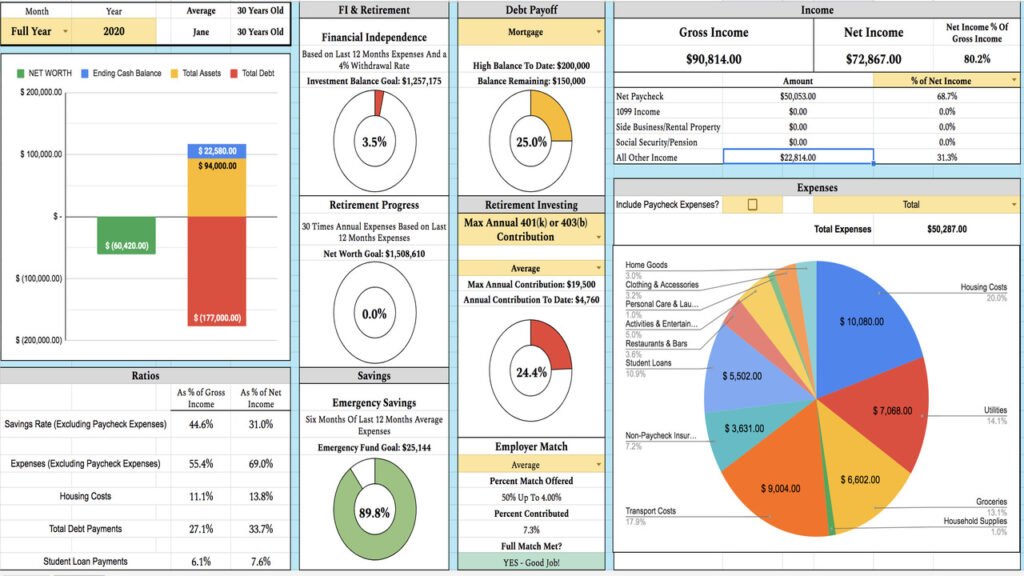
Below is a detailed explanation of the 2025 Reddit Personal Finance Flowchart, based on the latest community updates and economic conditions as of August 31, 2025.
Step 1: Create a Budget
A budget is the foundation of financial success. Track income and expenses to understand where your money goes. Tools like YNAB (You Need A Budget) or spreadsheets can help. Allocate funds to necessities (housing, food, utilities), debt payments, and savings. The 50/30/20 rule—50% needs, 30% wants, 20% savings/debt repayment—is a popular starting point.
Step 2: Build a Starter Emergency Fund
Reddit Personal Finance Flowchart Save $1,000-$2,000 in a high-yield savings account (HYSA) for unexpected expenses, like medical bills or car repairs. This prevents reliance on credit cards during emergencies. In 2025, HYSAs offer 4-5% interest, making them ideal for liquidity and modest growth.
Step 3: Capture Employer 401(k) Match
If your employer offers a 401(k) match, contribute enough to maximize it. For example, a 100% match on 5% of your salary is free money. Reddit Personal Finance Flowchart The Department of Labor reports that employees who maximize matches earn $1,336 more annually in retirement benefits.
Step 4: Pay Off High-Interest Debt
Focus on debts with interest rates above 4-5%, such as credit cards or personal loans. Use the avalanche method (highest interest rate first) or snowball method (smallest balance first) to accelerate repayment. Eliminating $8,500 in credit card debt can free up $340 monthly for wealth-building.
Step 5: Build a Full Emergency Fund
Expand your emergency fund to cover 3-6 months of living expenses. The Federal Reserve Bank of St. Louis notes that adequate emergency savings reduce financial stress by 60% during downturns. Store this in an FDIC-insured HYSA or I Bonds for short-term goals.
Step 6: Contribute to Tax-Advantaged Accounts
Maximize contributions to retirement accounts like a 401(k), IRA, or HSA (if eligible). In 2025, the IRA contribution limit is $7,500 (plus $1,000 catch-up for those 50+), and 401(k) limits are $24,500 (plus $8,000 catch-up). HSAs, for those with high-deductible health plans, offer triple tax benefits: tax-deductible contributions, tax-free growth, and tax-free withdrawals for medical expenses.
Step 7: Pay Off Medium-Interest Debt
Address debts with 3-5% interest rates, such as student loans or car loans. Evaluate whether paying these off early outweighs investing, based on your risk tolerance and investment returns.
Step 8: Invest in Taxable Accounts
Once tax-advantaged accounts are maximized, invest in taxable brokerage accounts. Options include low-cost index funds, ETFs, or a three-fund portfolio (stocks, bonds, international). Reddit Personal Finance Flowchart Vanguard research shows that tax-advantaged account investors accumulate 30% more wealth over 30 years compared to taxable accounts.
Step 9: Advanced Strategies
For high-income earners or those nearing financial independence, consider advanced options like real estate investments, 529 plans for education, or tax optimization strategies (e.g., Roth conversions). The flowchart advises against skipping steps, as each builds on the previous one.
2025 Economic Context
Reddit Personal Finance Flowchart As of August 31, 2025, key economic factors influence the flowchart’s application:
- Interest Rates: The IRS announced that interest rates remain unchanged for Q4 2025, with overpayment/underpayment rates at the federal short-term rate plus 3%. This affects debt repayment and savings account yields.
- Investment Options: With market volatility, low-cost index funds and balanced portfolios remain popular for long-term growth. Short-term goals (under 3-5 years) favor HYSAs or I Bonds.
- Inflation: Rising costs emphasize the need for a robust emergency fund and diversified investments to preserve purchasing power.
Table: Reddit Personal Finance Flowchart 2025
| Step | Action | Details | Why It Matters | 2025 Considerations |
|---|---|---|---|---|
| 1 | Create a Budget | Track income/expenses using tools like YNAB or spreadsheets. Follow 50/30/20 rule. | Ensures money is allocated efficiently, preventing overspending. | Use apps to automate tracking; adjust for 2025 cost-of-living increases. |
| 2 | Starter Emergency Fund | Save $1,000-$2,000 in an HYSA. | Prevents reliance on debt for emergencies. | HYSAs offer 4-5% interest; prioritize liquidity. |
| 3 | Employer 401(k) Match | Contribute to capture full match (e.g., 5% of salary). | Free money boosts retirement savings. | 2025 401(k) limit: $24,500 (+$8,000 catch-up for 50+). |
| 4 | Pay High-Interest Debt | Clear debts >4-5% (credit cards, personal loans). Use avalanche or snowball method. | Frees up cash flow; saves on interest. | Credit card rates remain high (20%+); prioritize aggressively. |
| 5 | Full Emergency Fund | Save 3-6 months’ expenses in HYSA or I Bonds. | Reduces financial stress during downturns. | Adjust for inflation; 6 months for volatile job markets. |
| 6 | Tax-Advantaged Accounts | Max out 401(k), IRA, HSA. 2025 limits: IRA $7,500, HSA $4,300 (individual). | Tax benefits enhance long-term growth. | HSAs ideal for high-deductible plans; triple tax advantage. |
| 7 | Medium-Interest Debt | Pay off 3-5% interest debts (e.g., student loans). | Balances debt repayment with investing. | Compare loan rates to expected investment returns (e.g., 7% for stocks). |
| 8 | Taxable Investments | Invest in index funds, ETFs, or three-fund portfolios. | Builds wealth after tax-advantaged accounts. | Diversify to mitigate 2025 market volatility. |
| 9 | Advanced Strategies | Explore real estate, 529 plans, or tax optimization. | Supports financial independence or specific goals. | Consult professionals for Roth conversions or complex strategies. |
Practical Tips for Following the Flowchart
- Start Small: If overwhelmed, focus on one step at a time. Even a $500 emergency fund is progress.
- Automate Savings: Set up automatic transfers to HYSAs or retirement accounts to stay consistent.
- Review Annually: Adjust your plan for life changes (e.g., salary increases, new expenses).
- Avoid Skipping Steps: Jumping to investing before clearing high-interest debt can cost thousands in interest.
- Seek Community Input: The r/personalfinance subreddit offers personalized advice. Share your situation for tailored feedback.
Common Pitfalls and How to Avoid Them
- Perfectionism: Don’t delay starting because you’re seeking the “perfect” investment. Good choices now beat waiting for ideal ones.
- Ignoring Personal Circumstances: The flowchart is general; adapt it to your goals (e.g., saving for a home). Consult a financial advisor for complex situations.
- Neglecting Updates: Revisit the flowchart annually to reflect changes in income, expenses, or goals.
- Overcomplicating Investments: Stick to low-cost, diversified options like index funds to avoid high fees and risks.
Case Study: Applying the Flowchart in 2025
Meet Alex, a 30-year-old earning $80,000 annually in 2025. Alex has $10,000 in credit card debt at 20% interest, $500 in savings, and a 401(k) with a 5% employer match. Following the flowchart:
- Budget: Alex creates a budget, allocating 50% to needs ($3,333/month), 30% to wants ($2,000), and 20% to savings/debt ($1,333).
- Starter Emergency Fund: Alex saves $1,500 in an HYSA at 4.5% interest.
- 401(k) Match: Alex contributes 5% ($333/month) to capture the full match, adding $4,000 annually to retirement.
- High-Interest Debt: Alex uses the avalanche method to pay off the $10,000 credit card debt in 18 months, saving $2,400 in interest.
- Full Emergency Fund: Alex saves $12,000 (3 months’ expenses) in the HYSA.
- Retirement Accounts: Alex maxes out an IRA ($7,500/year) and increases 401(k) contributions. By 2027, Alex is debt-free, has a robust emergency fund, and is on track for retirement, demonstrating the flowchart’s effectiveness.
Community Impact and Updates
The r/personalfinance community continuously refines the flowchart based on user feedback and economic changes. In 2025, updates include:
- Higher HYSA Rates: Reflecting 4-5% yields in the current market.
- Updated Contribution Limits: Incorporating 2025 401(k) and IRA limits.
- Mobile Optimization: Flowcharts are now available in high-resolution formats for better readability.
Community posts highlight success stories, like users eliminating debt in 18-24 months or achieving financial independence by following the flowchart. Suggestions for interactive tools, like Typeform-based progress trackers, are gaining traction.
Conclusion
The Reddit Personal Finance Flowchart for 2025 is a proven, community-driven guide to achieving financial stability and independence. By prioritizing budgeting, emergency savings, debt repayment, and strategic investing, it offers a clear path through complex financial decisions. In today’s economic landscape, with stable interest rates and diverse investment options, the flowchart remains a vital tool. Whether you’re starting with $1,000 or managing a six-figure portfolio, following its steps can transform your financial future. Visit the r/personalfinance subreddit for the latest flowchart version and community support, and take control of your finances today.
